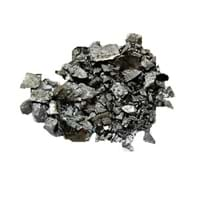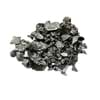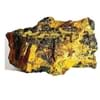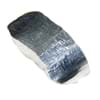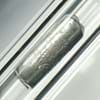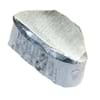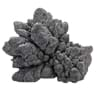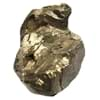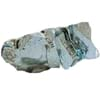Uses of Tin and Iron
Uses
Uses & Benefits
- Tin-niobium alloy is used for producing superconducting magnets.
- Tin salt known as a tin II chloride, it is used as a mordant and as a reducing agent for dyeing calico and silk.
- Iron metal alloy steel is used in the application of civil engineering and manufacturing.
- Alloys of iron with nickel, vanadium, chromium, tungsten and manganese have very useful properties.
Industrial Uses
Automobile Industry, Chemical Industry, Food Industry
Aerospace Industry, Automobile Industry, Chemical Industry, Electrical Industry, Electronic Industry
Medical Uses
Dentistry
Pharmaceutical Industry, Surgical Instruments Manufacturing
Other Uses
NA
Alloys, Sculptures, Statues
Biological Properties
Toxicity
Non Toxic
Non Toxic
Present in Human Body
Yes
Yes
In Blood
0.38 Blood/mg dm-3
10
447.00 Blood/mg dm-3
3
In Bone
1.40 p.p.m.
16
380.00 p.p.m.
5
|
||
|
||
|
|
||
|
||
|
